
Seneca College is Canada’s largest college, with more than 100,000 students in over 250 full- or part-time programs. Seneca has grown considerably from its beginning in 1967 as a school of 2,000 students spread out over five locations. Seneca now has eight campuses located throughout the Greater Toronto Area, four of which are in the City of Toronto. These four, in the former municipality of North York, are: the Jane Campus (21 Beverly Hills Drive), the Newnham Campus (1750 Finch Avenue East), Seneca@York (70 The Pond Road), and the Yorkgate Campus (1 York Gate Boulevard).
Like Centennial College, Seneca’s Toronto Campuses have unique characteristics due to the different programs they offer. The Jane Campus houses the Centre for New Technologies, where students learn trades such as tool and die making, precision machining, and mould making. The Yorkgate Campus focuses more on upgrading skills and teaching office systems. Seneca@York is the home of several of Seneca’s major schools, including the Animation Arts Centre, Communication Arts, as well as Biological Science and Applied Chemistry, among others.

The Newnham Campus is the main campus (and one of the largest in Canada), acting as the school’s academic and administrative centre. The campus is located next to the northwest off-ramp of the Don Valley Parkway, at Finch Avenue East. At the crossing point of several major methods of transportation, Newnham’s very accessible location is no doubt one the campus’s major draws. The school is a relatively short bus ride from the Finch subway station (with buses running frequently), or an even shorter ride from the Old Cummer Go Station. Plus, the school is on a Viva Bus Route, and because of its proximity to the DVP, people commuting by car can easily access the school. In addition, the Newnham Campus has a large residence building (which doubles as a conference centre) to balance its commuter population with students living on campus.
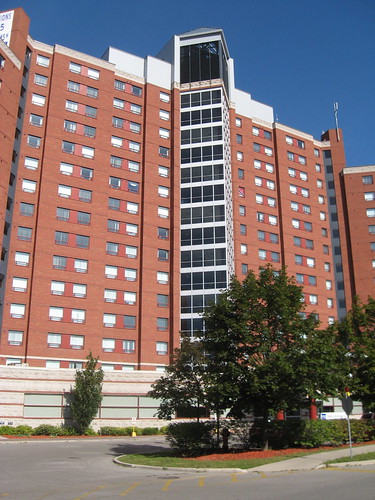
To get there I took the subway and then the bus which was quick and without any hassle. When I got off the bus I was on Finch Avenue at the top of a hill looking down into the school that sits at a lower part of a grassed, tree-dotted landscape

Like many of the schools that I visited which were developed during the 1960s (such as U of T Scarborough and York’s Keele Street Campus), the Newnham Campus seems to have been designed around an idea of blending a pastoral landscape with architecture that was contemporary to the time. This leaves a series of heavy concrete buildings (reflecting the concrete brutalism style popular in the 1960s) “floating” across an open green space, set well back from the adjacent roads. Although the campus is meant to be pedestrian-oriented, with people walking between the buildings and throughout the landscape, it is also designed to be accessed by car, which leads to a lot of surface parking surrounding the campus.
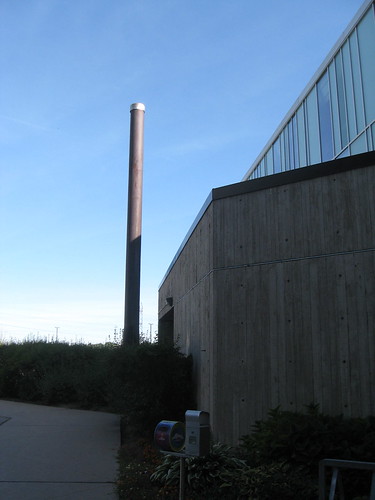
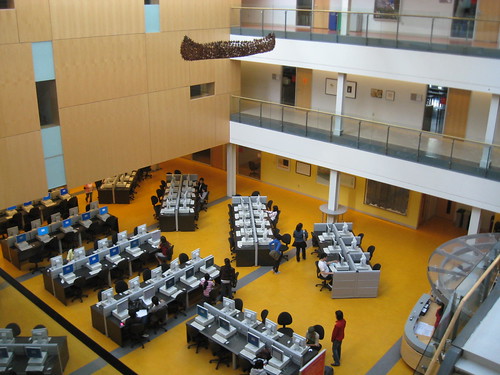

What separates Seneca from other campuses of the same generation is that it looks as though the original concrete buildings have had their tops removed and replaced by more contemporary glass and steel structures. This transparency makes it easier to connect with the surrounding landscape, because from inside you can clearly see and appreciate the surroundings outside. This also brings a lot more natural light into the buildings. Bringing the outside in is beneficial because the buildings are either built into one another or linked by bridges, meaning you don’t actually need to go outside to navigate the school (provided you know your way around — the campus feels a bit like a maze). Although there are nice places outside, like the stone amphitheater-like space pictured above, the architecture of the school helps bring the benefits of the open space indoors.
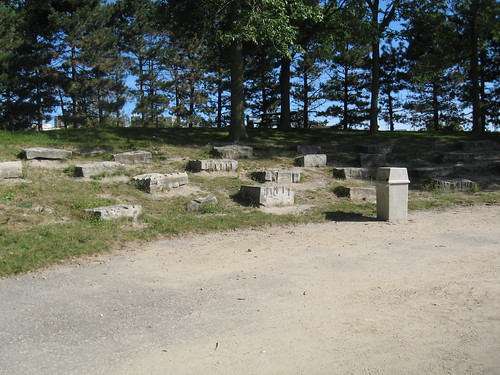
So many of the schools in Toronto are from the same generation. Seneca and Toronto’s three other colleges were established in the mid-1960s (around the same time as U of T Scarborough), while York and Ryerson are not that much older — in fact York’s Keele Street Campus was opened in 1965, the same year that Bill Davis announced the establishment of Ontario’s college system. Within the last few decades these institutions have grown tremendously and have spread themselves over 16 Toronto campuses and more outside of the city. As these schools continue to grow and mature, it will be interesting to see how their physical places within the city evolve. Many of the schools are manifestations of ideologies about campus planning and architecture that was prevalent at the time they were built — concepts that have since changed considerably or been altogether abandoned. The schools have been reshaped in order to make the campuses more livable, or simply to add infrastructure to house new students.
Seneca’s Newnham Campus is an interesting example of this because the foundations of the original campus are clearly visible, but the more contemporary additions update the space and make the buildings more colourful and pleasant to be in. I hope that this evolution continues for all the schools: that as they continue to grow, shape their places within the city, and make for interesting destinations for successive generations of young thinkers to develop out of Toronto.

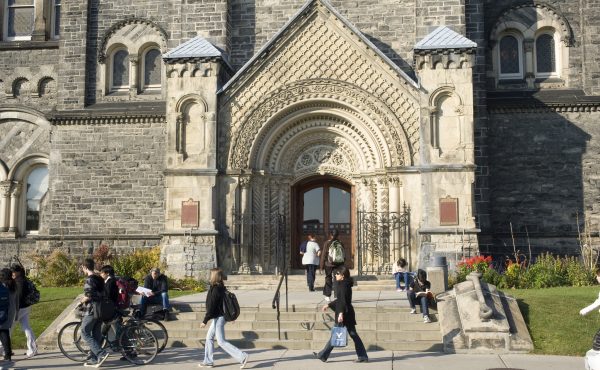

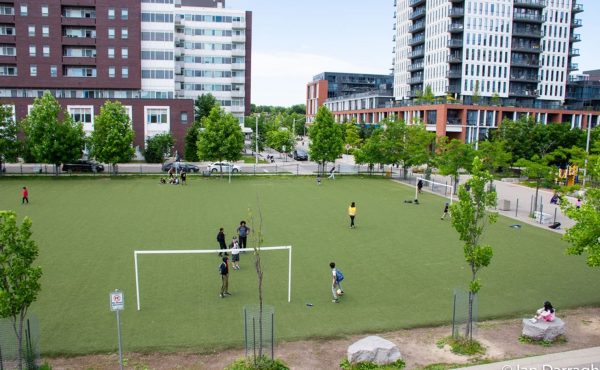
One comment
I was granted admissions for September 2009, can’t wait to meet the staff and experience the culture. see you all in the fall